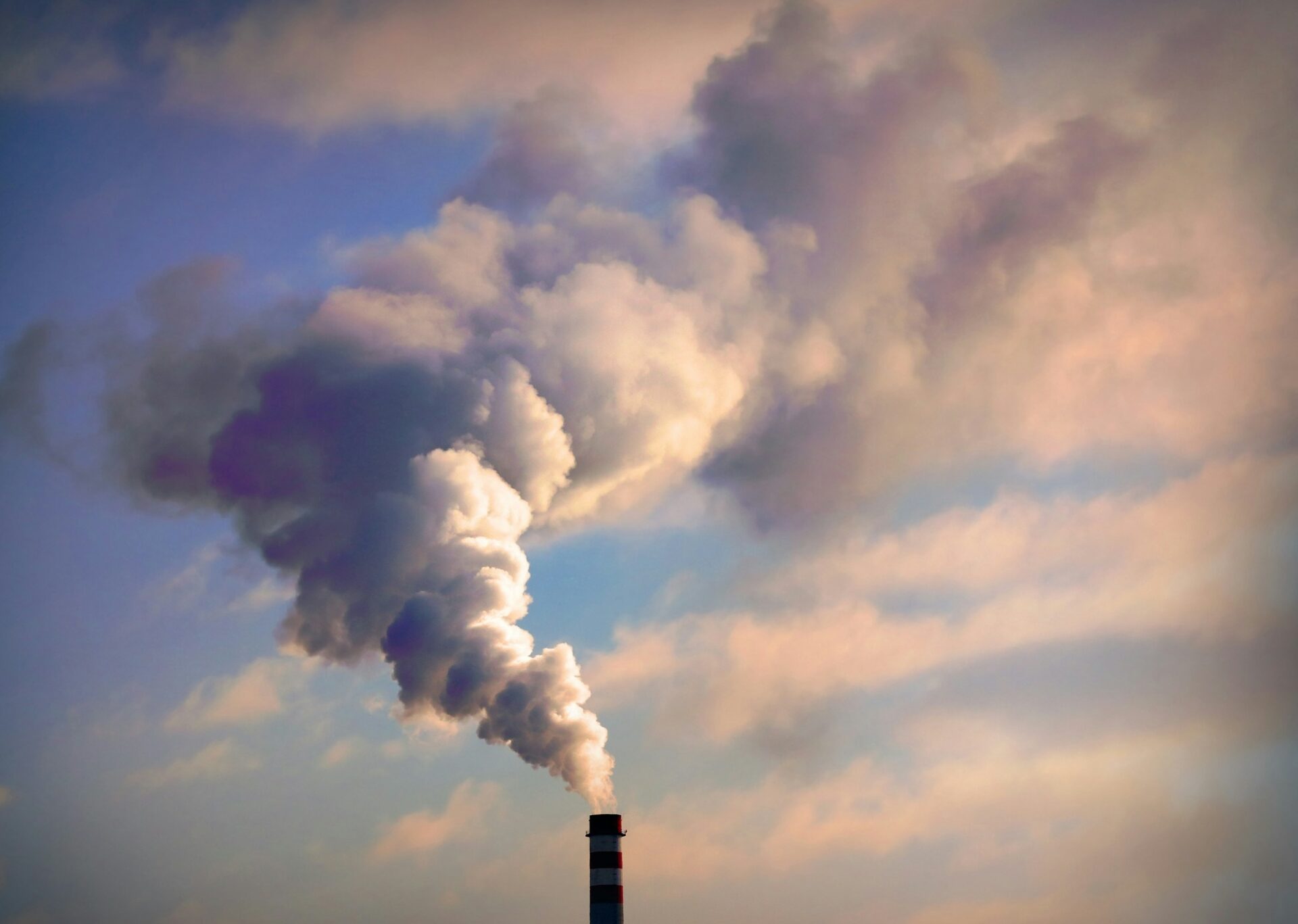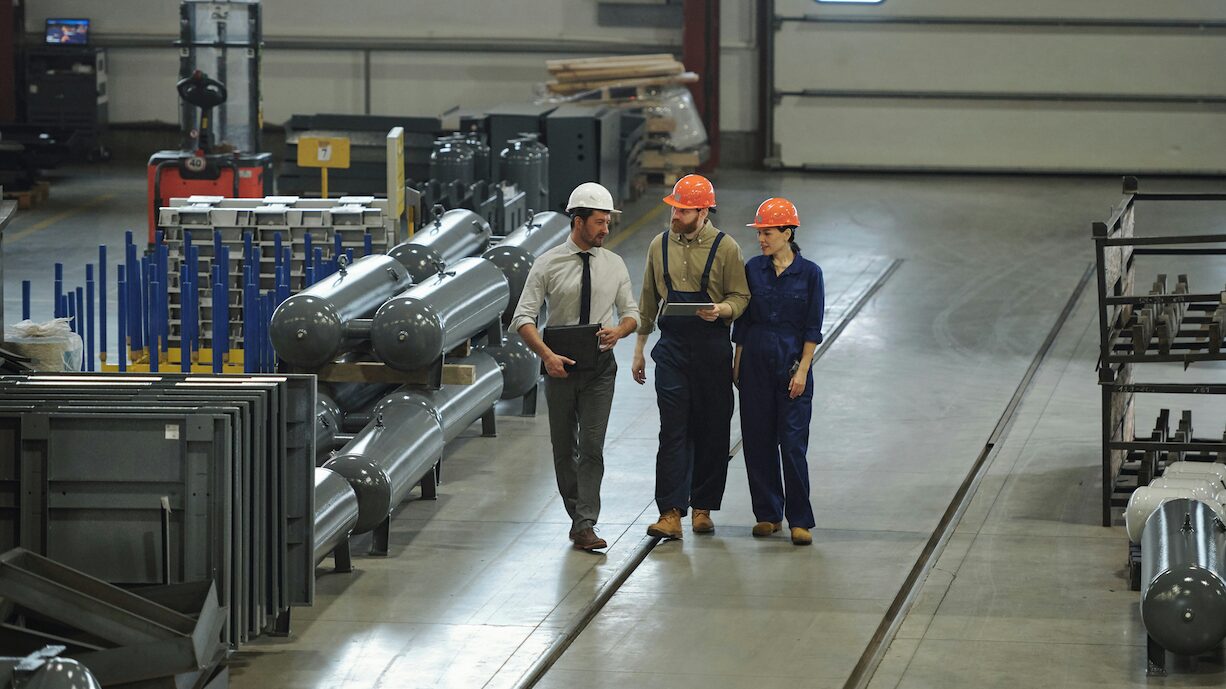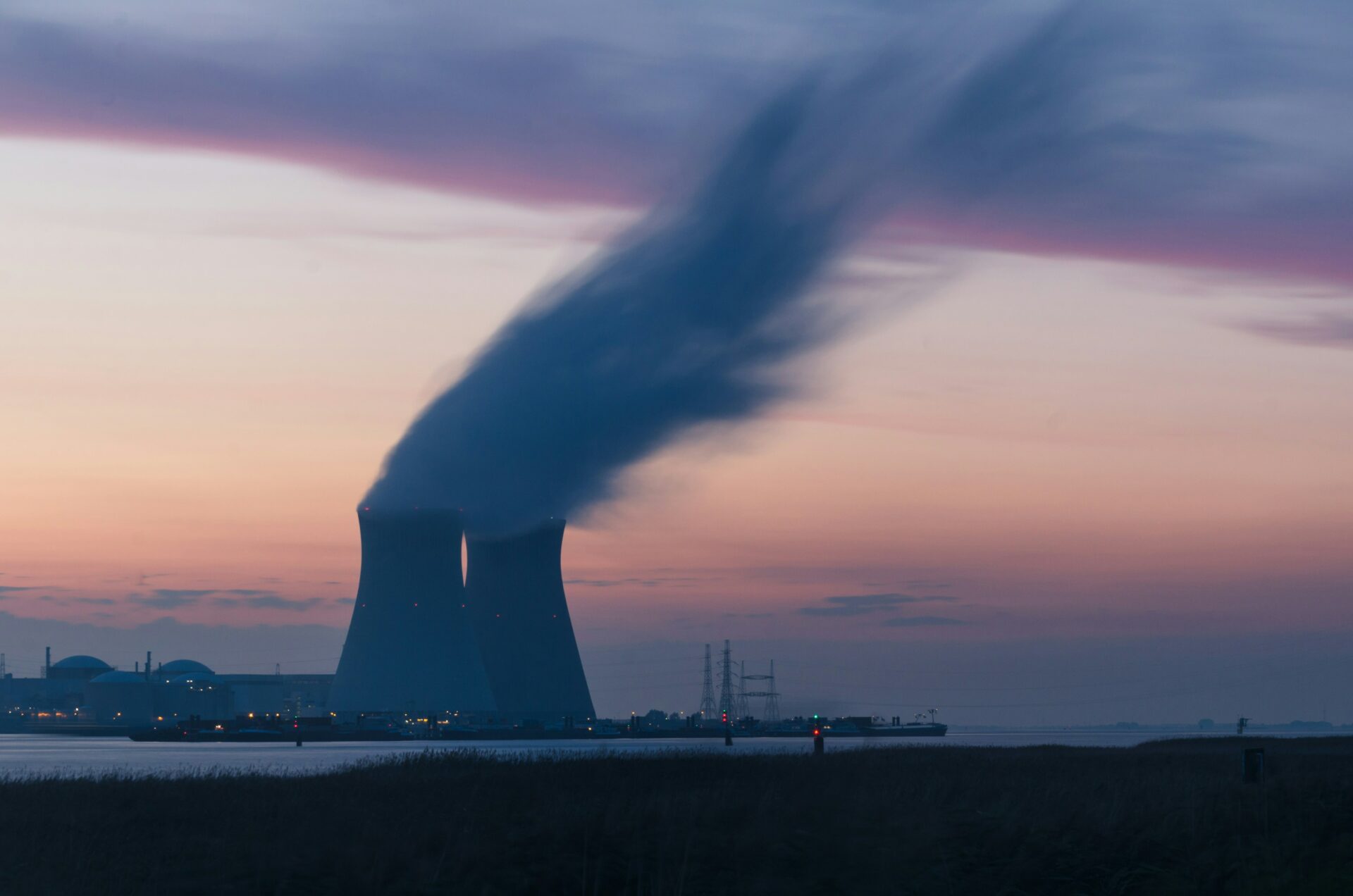
The economic viability of nuclear energy in renewable-dominated markets
As the global energy landscape tends to shift towards sustainability, the economic viability of different energy sources becomes a pivotal area of debate. Renewable energy sources like wind, solar, and hydro have seen significant adoption due to their declining costs and environmental benefits. However, nuclear energy remains a potent option, even in markets dominated by renewables.
How does nuclear energy stack up against renewables in terms of economic competitiveness, and in what scenarios might nuclear prove to be more viable?
Cost considerations
The upfront investment required for nuclear power plants is significantly higher than that for solar or wind farms, primarily due to their complex safety systems and the extensive approval processes they must undergo before construction can commence. However, to fully appreciate the economic aspects of nuclear energy, it is crucial to consider the entire lifecycle of these facilities.
Nuclear plants are designed to operate for an extended period, typically between 60 to 80 years, far surpassing the 25 to 30-year lifespan of solar panels and wind turbines. This extended operational lifespan, coupled with a high capacity factor – over 90% – allows nuclear plants to produce power at near-maximum levels with much greater consistency than renewable sources. In comparison, wind and solar typically achieve capacity factors of only about 34% and 25%, respectively. Therefore, while the initial costs are substantial, the long-term efficiency and prolonged operational life of nuclear power plants provide a financially viable solution by delivering a stable, high-output energy generation over decades.
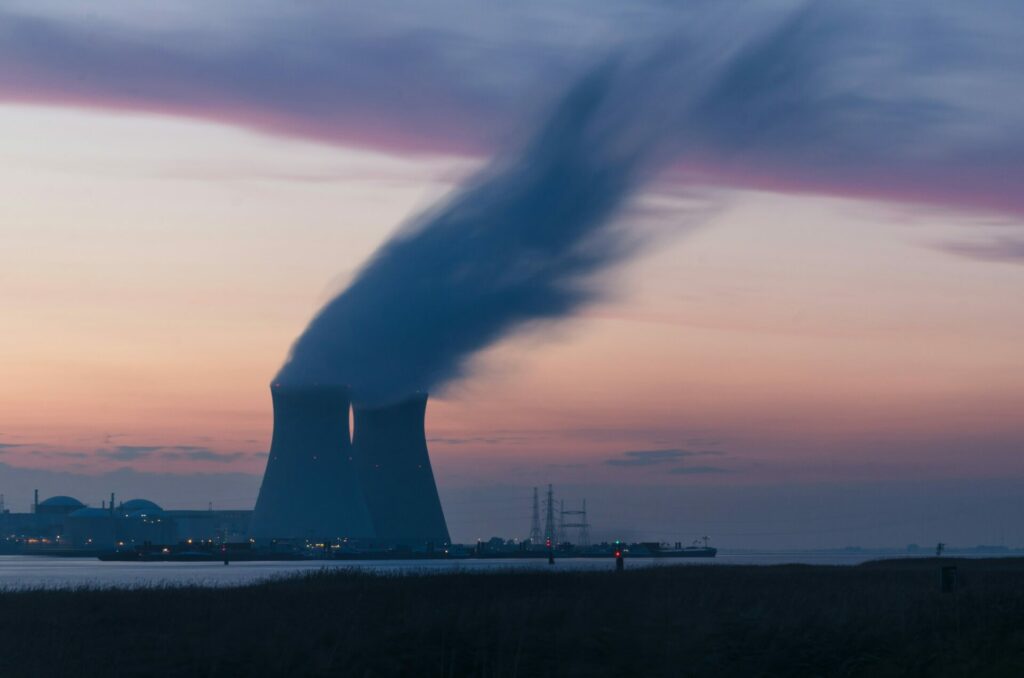
Reliability and energy security
Nuclear energy stands out as a particularly stable and reliable source of electricity, which is crucially less susceptible to fluctuations caused by weather or environmental conditions. This is a distinct advantage when compared to renewable energy sources, which are inherently intermittent. For example, in 2022, weather-related energy losses for nuclear reactors were unsignificant, averaging only about 0.3% of their output. This demonstrates nuclear power’s ability to provide consistent energy output regardless of external conditions.
This level of reliability is essential for energy security, especially in regions facing high and/or constant energy demands. In such markets, the stability of nuclear power makes it a particularly economically viable option. Unlike renewables, which often require costly energy storage systems or additional power solutions to manage their variability, nuclear plants can deliver a steady, predictable, and uninterrupted power supply. This continuous availability helps stabilize electricity grids and reduces the economic burden of investing in and maintaining backup systems that are necessary to compensate for the intermittency of renewable energy sources. Thus, for markets prioritizing a dependable base-load energy supply, nuclear energy not only ensures operational continuity but also contributes to more sustainable financial planning and resource allocation.
System integration costs
System integration costs represent a critical factor in evaluating the overall economic impact of different energy sources on national grids. Renewable energy sources such as solar and wind, despite their environmental benefits, introduce complexities into grid management due to their intermittent nature. This intermittency requires substantial investments in grid infrastructure to ensure stability and reliability.
Moreover, energy storage technologies, which are essential for mitigating the variability of renewables, present another layer of expense and resource allocation. Batteries, the most common form of energy storage, are still relatively expensive and involve high material costs. According to the World Bank Group, the average cost for battery storage systems was around $400 per kilowatt-hour in 2020, although prices were already expected to decline with technological advancements.
In contrast, nuclear power provides a consistent and predictable output, which substantially lowers the costs associated with system integration. The steadiness of nuclear energy production eliminates the need for extensive backup systems and reduces the frequency and scale of investments required for grid stability enhancements. This consistency makes nuclear power particularly economically attractive in regions where continuity and stability of the energy supply are critical, allowing for more straightforward grid operations without the significant additional costs associated with managing the variability of renewable sources.
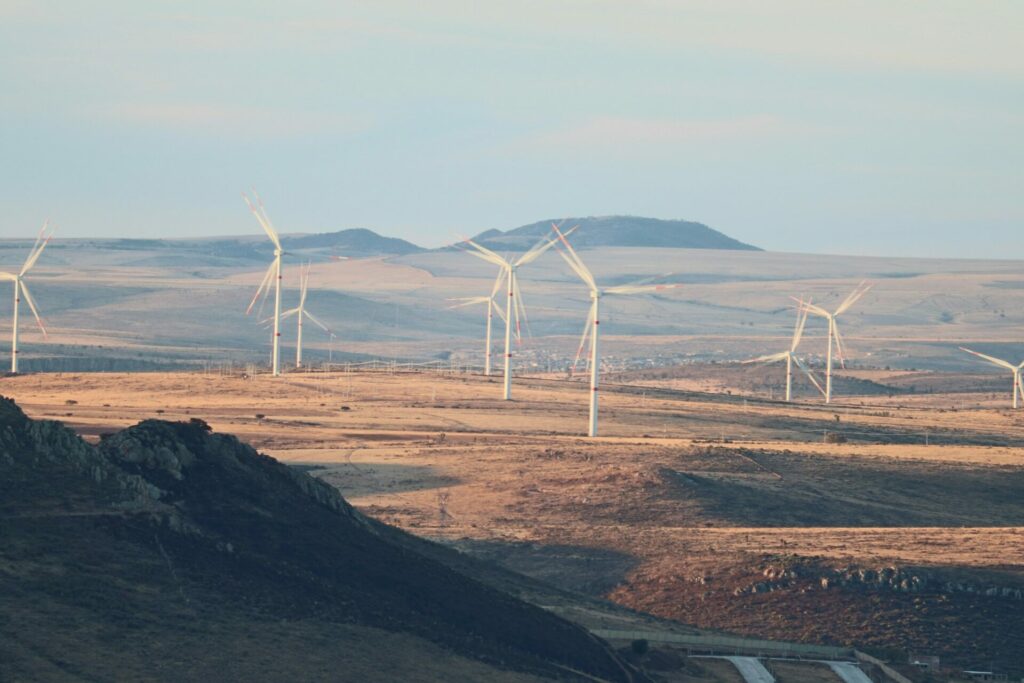
Lifecycle emissions and environmental impact
Nuclear power, renowned for its low carbon emissions throughout its lifecycle, presents a compelling case for its use as an environmentally friendly energy source. When evaluating the total environmental impact of energy sources, including the phases of manufacturing, construction, operation, and decommissioning, nuclear energy’s emissions are remarkably low.
This advantage becomes particularly significant in economic contexts where there is a direct financial benefit tied to reducing carbon emissions. Many countries and regions are now implementing economic mechanisms such as carbon credits and tax incentives to encourage the adoption of low-carbon energy sources. In these scenarios, the intrinsic low-emission nature of nuclear power not only contributes to environmental sustainability but also translates into tangible financial savings for energy producers.
The economic and environmental benefits of nuclear power are especially relevant in heavily industrialized regions. These areas, often burdened with high carbon outputs and stringent regulatory requirements to reduce these emissions, can benefit markedly from the adoption of nuclear energy. The switch to nuclear power in such regions could help meet environmental targets while also mitigating the financial risks associated with carbon penalties and the costs of other less efficient carbon reduction technologies.
Furthermore, as global commitments to reduce greenhouse gas emissions intensify, nuclear energy offers a stable and reliable low-carbon alternative that can complement intermittent renewable sources like wind and solar. This synergy can lead to a more balanced and sustainable energy mix, capable of supporting large-scale industrial demands while still advancing towards ambitious net-zero goals. Thus, nuclear power not only stands as a pillar of environmental sustainability but also as a cornerstone of modern energy strategies aiming to reduce both carbon footprints and economic burdens associated with energy production.
Economic impact on local economies
The construction and operation of nuclear power plants have a profound and multifaceted impact on local and regional economies. Unlike many renewable energy projects which are less labor-intensive post-construction, nuclear facilities generate numerous high-paying, long-term, skilled job opportunities, from the initial building phase through to ongoing operations and maintenance. This sustained employment significantly stabilizes local economies, helping to reduce unemployment and enhance the overall economic outlook.
Beyond job creation, the presence of a nuclear plant typically necessitates substantial infrastructure developments, including transportation networks, power grid enhancements, and potentially new housing to accommodate an expanding workforce. These improvements not only boost the local construction industry but also spur further economic activities and community development.
Furthermore, the technical demands of operating a nuclear facility drive investments in education, with nuclear companies often partnering with local educational institutions to prepare the future workforce. This elevates the region’s educational standards and ensures a steady supply of skilled workers.
The ripple effects continue into local business sectors, from catering and hospitality to professional services, all benefiting from the increased demand driven by the plant and its workforce. Nuclear plants also tend to engage actively with their communities, supporting local charities, cultural events, and public services, thereby enhancing social cohesion and providing additional layers of economic benefit.
Global market variability
While renewable energy sources are crucial to the transition towards a sustainable energy future, nuclear power remains economically competitive in scenarios requiring high reliability, energy security, and low-carbon emissions. Moreover, nuclear power does not suffer from the variability that affects solar and wind energy, providing a constant energy output that can be pivotal during periods of high demand or low renewable generation. The decision to opt for nuclear over renewables should be based on a comprehensive analysis of local energy needs, grid capabilities, economic incentives, and environmental goals. As global energy demands continue to evolve, the role of nuclear energy in renewable-dominated markets needs careful consideration, balancing economic, environmental, and social factors to achieve the best energy mix for sustainable development. This balance will ensure energy resilience and sustainability in the face of changing global energy landscapes and climatic challenges.


